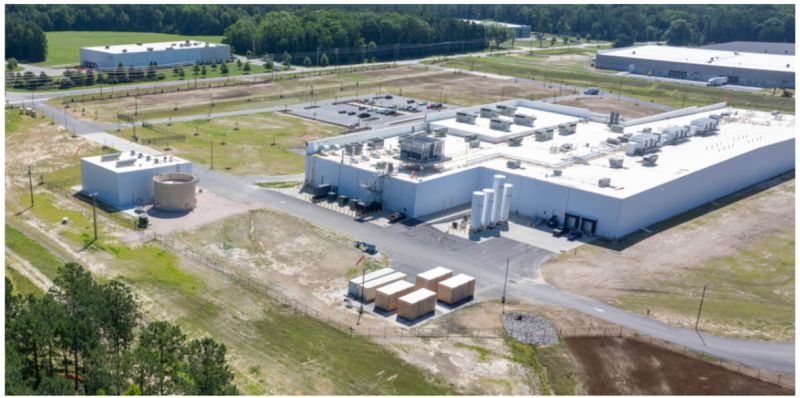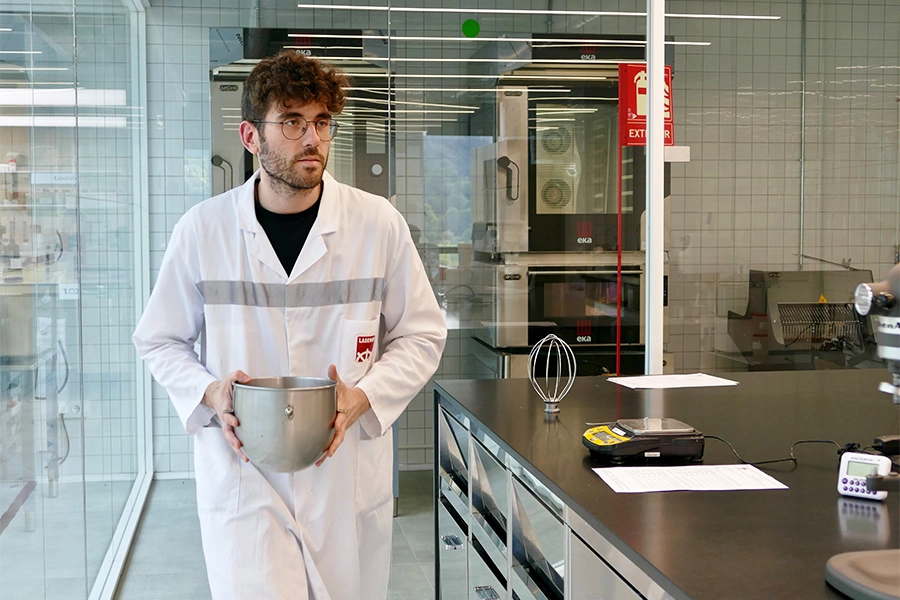

Stanford Professor David Lobell weighs in on Japan's record cell-cultivated chicken nugget
A team of researchers in Japan recently produced what is believed to be the world’s largest single piece of cultivated meat: a 2.8in (7cm) square of chicken, grown from cells without the need for feathers, farms, or slaughter. The nugget-shaped sample was created by suspending chicken cells in a gel and encouraging them to grow into edible tissue – a development hailed by some as a milestone for cell-cultivated meat.
To better understand what this scientific advance might mean for food systems and sustainability, Stanford University’s David Lobell shared his perspective. A professor at the Stanford Doerr School of Sustainability and a researcher at the Center on Food Security and the Environment, Lobell is well-known for his work on agricultural innovation and climate.
Speaking about public skepticism surrounding cultivated meat, Lobell acknowledged that concerns are to be expected. “I think it’s natural to be wary of eating new foods in general, especially ones that are cultivated in a lab,” he said. “Similar in some ways to driving in a driverless car. As long as the track record over time is good, I think many people will slowly get used to the idea.”
However, he noted that cost remains a more significant challenge to widespread adoption than consumer unease. “Another source of wariness on cultivated meats is that they will always be too expensive to be eaten by a lot of people,” he added.
Lobell also emphasized that the environmental impact of meat alternatives varies depending on the metrics used. “If you focus on greenhouse gas, then beef is clearly worse. If you focus on water pollution, then pork tends to be bad,” he explained. “Chicken tends to be less harmful, and therefore, if cultivated meat focused on chicken, it would be less impactful for the environment.” Even so, he pointed out that cultivated chicken could offer other advantages, particularly in terms of animal welfare and disease risk.
Asked whether cell-cultivated meat could play a significant role in global food sustainability, Lobell was cautious. “My short answer is probably not any time soon enough to really matter, at least for lab-grown meat,” he said. “But I’d be happy to be proved wrong.”
Instead, he sees more immediate potential in products that blend animal-free ingredients with traditional ones. “There are some interesting products, like cell-cultivated pork or fish fats, that can be blended with other plant-based products and could have more impact in the next decade,” he said. “One interesting trend I see is products that mix alternatives and traditional meats, for instance, in blended burgers or nuggets. That may be a quicker way to scale than relying on purely non-animal products.”
Lobell also addressed the slowing growth of plant-based meat substitutes. “The data I’ve seen suggests the main issue is still taste, followed by price. For some people, the highly processed or engineered nature is a concern,” he said. “I agree that, historically, the taste is often disappointing, sometimes extremely. But recently, I’ve tasted more and more products that are quite impressive on taste.”
His broader message was one of realism, but not pessimism. While breakthroughs in cell-cultivated food are encouraging, the timeline for mass adoption and significant environmental benefit is uncertain. “Many new technologies disappoint in the short term and then exceed expectations in the long term,” he noted.
If you have any questions or would like to get in touch with us, please email info@futureofproteinproduction.com






